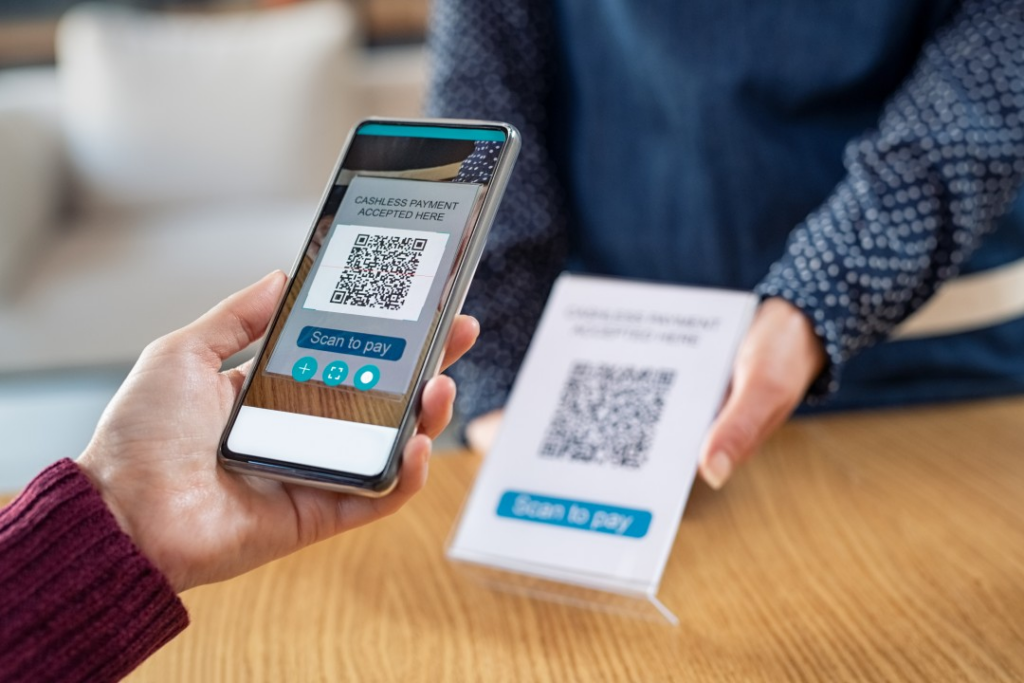The digital future of business has taken root in the present
The payments industry in India sees an oceanic change with the portion of digital payments gaining a formidable size of the pie in the past few years. Around a billion cards and more than 2 billion prepaid payment instruments (PPI) like internet wallets, mobile accounts, mobile wallets, and digital payment modes have changed India into one of the quickest developing and biggest business sectors on the planet for a digital mode of payments.
A remarkable surge in internet shopping and the pandemic gave virtual exchanges a lift. So it’s evident that a large section of people and businesses in India are getting familiar with the digital mode of payment. In the last decade, there has been a favorable change in payment preference towards digital payment. RBI data suggest that in 2010-11, paper clearing amounted to 60% of the total retail payments and slumped to 3% in 2019-20 by volume, while retail electronic payments increased from 18% to 61%. In terms of value, paper clearing comprised 89% of the total retail payment system in 2010-11 which slid to 20% in 2019-20. Digital transactions have increased from 498 crore exchanges with a value of Rs. 96 lakh crores in 2010-11 to 1623 crore digital exchanges with a value of Rs. 3,135 lakh crores in 2019-20, and Rs. 4,572 crores in 2020-21, Rs. 5,554 crores in subsequent financial years. It’s huge!

UPI, as a mode of transaction, has become one of the most famous strategies, involving the greater part of the retail transactions in the country. In any case, the contribution by NPCI is restricted to web-empowered cell phones. Additionally, curiously, 78% of dealer transactions through UPI for the long stretch of February were of not as much as Rs. 500 in esteem, while for shared transactions, 59% were worth not as much as Rs. 500. This focuses on a pattern of UPI being generally utilized for more modest retail exchanges. From this, we can understand that there’s still a degree of reluctance towards large transactions through digital mode. This gets important because it is a business concern, but the bright side here is, this provides a huge window of opportunity for innovation and expansion.
Superfast payments are described by speed and constant accessibility. IMPS and UPI are the two quick payment frameworks existing in India. In 2010, India turned into the fourth country to present IMPS with an Rs. 2 lakh limit. Indeed, even non-bank elements can take part in these payments. Then again, UPI is a portable-based quick payment framework under which bank subtleties need not be imparted to the remitter. It helps with cash move with people, shippers, service, bill payments, and QR code-based payments. Interoperability is likewise a component that RBI considers significant. According to the information with the RBI, the two frameworks took care of 8.35 crore exchanges consistently for a worth of almost Rs. 24 thousand crores in December 2021. The reception of the two quick payment frameworks has dramatically expanded over the most recent couple of years with them turning into the favored method of little payments for a greater part of individuals.
However, the reception of digital payments has required off dramatically over the most recent couple of years, various difficulties actually exist in the country for the public authority to accomplish its objective of credit only India, for example, network issues, inadequate infrastructure, and digital literacy about the payment choices. Indeed, even concerning computerized payments, issues of safety and security, extortion, and other related gambles should be addressed for additional individuals to utilize advanced exchanges.
Digital illiteracy is a major impairment in small and medium undertakings. Inside computerized, simply digital payments have had the impact to arrive at masses as demonetization released an ‘advanced digital transformation. Computerized payments are the initial move towards digitization, however past that, it is a test, there’s as yet an immense need to instruct small and medium organizations. Small companies in India are driving the charge to digitize, as numerous micro, small and medium-sized enterprises (MSMEs) are shifting over to new innovations to assist with costs, drive efficiency and arrive at more clients.
Referring to the India Business Spend Indicator report, which studied various more modest organizations in the locale, the Economic Times report noticed these organizations are calculating to work on their mechanical abilities. Per the report, 42% of micro-measured organizations, 57% of small estimated organizations, and 53% of medium-sized organizations are checking these sorts of digital arrangements out. These digitization endeavors are part of the way mirror organizations’ longings take advantage of the developing utilization of digital payments techniques all through the business-to-consumer (B2C) and business-to-business (B2B) markets as digitalized processes for inner tasks supplement digital payments from clients.
Business digitization is the future; every business out here has to adapt to the new ways at a certain point, the sooner the better. The choice to digitize payments processes throughout the course of recent years has situated many small and medium organizations to benefit from the pandemic-affected economy. Numerous organizations desire to push ahead with the more productive and cheaper digital modes of transaction activities that additionally permit them to expand their degree of cooperation with clients and providers.
A lot of financial vulnerability stays about the future, particularly one in which the wellbeing emergency decreases, yet one thing is sure: The new economy will keep on pursuing the directions of the beyond two years and will be controlled by a lot more noteworthy portion of digital payments and transactions than before. Organizations that have laid out superior digital foundations are best ready to convey what they need to succeed.
Source: LinkedIn




